Foam coming out of the washing machine
 If there is a lot of foam coming out of the washing machine, then you cannot ignore it. Soap bubbles can cover all equipment in a few minutes, which can cause damage to electronics and short circuits. To prevent the worst, you need to act immediately: turn off the power to the machine, drain the water from it, remove things from the drum, wipe off the bubble mass and run a rinse a couple of times. The source of the problem must be identified and eliminated. Step-by-step instructions are below.
If there is a lot of foam coming out of the washing machine, then you cannot ignore it. Soap bubbles can cover all equipment in a few minutes, which can cause damage to electronics and short circuits. To prevent the worst, you need to act immediately: turn off the power to the machine, drain the water from it, remove things from the drum, wipe off the bubble mass and run a rinse a couple of times. The source of the problem must be identified and eliminated. Step-by-step instructions are below.
Initial actions
Most modern washing machines are protected from excessive foaming - special sensors detect it and automatically stop washing. But sometimes the system does not notice that foam is creeping in and continues to rotate the drum, increasing the foaming. Then it is necessary to intervene.
Foam on the dashboard can cause a short circuit!
If you notice foam coming out of a hatch or powder receptacle, you must act immediately. The first step is to assess the scale of the problem. If there is too much mass and it has “covered up” the dashboard, then you should first turn off the power and dry the machine, and then deal with the washable items. In other cases, it is recommended to follow other instructions:
- pause the cycle by pressing the “Pause” button;
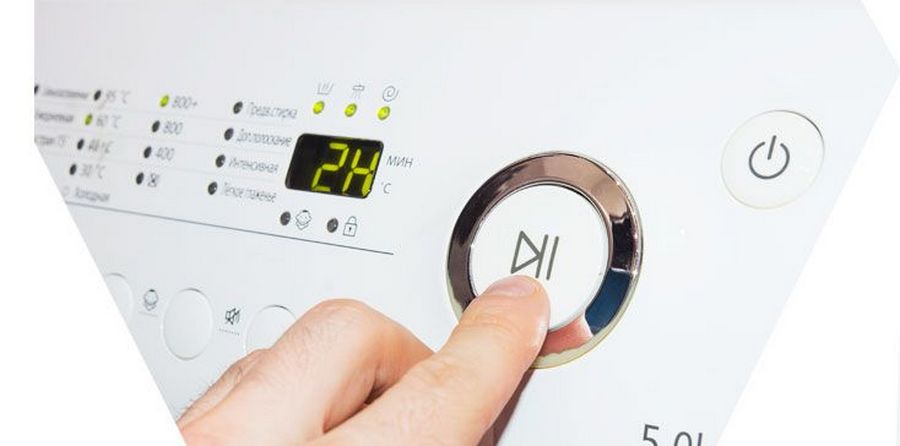
- move the programmer to the “Drain” position;
- wait until the drum is empty and the door is unlocked;
- open the hatch;
- take things out of the machine;
- wipe the machine body from foam;
- close the hatch and run a rinse to clean the machine.
The washing machine is rinsed until the foam completely goes down the drain. Then you can start looking for the cause of the problem.
“Got too far” with the product
Most often, increased foaming occurs due to the detergent. As a rule, the problem is in the quantity or quality of the powder. So, foam goes through the tray if:
- the concentrate is of poor quality (contains insufficient defoamers);
- the powder is intended for hand washing (it is prohibited to put such products into the machine!);
- the user has violated the dosage of the product (if there is too much powder, then foaming will be abundant);
- tap water is not hard enough.
Do not put detergents intended for hand washing into an automatic washing machine!
The type of items being washed also matters. Bulk and light items, curtains, blankets and down jackets additionally whip up foam during washing. As a result, even with a standard dosage of the product, too many bubbles appear. To avoid the consequences of soap coming out, you need to reduce the amount of powder or add defoamers to the drum.
The drain hose is clogged
Foam seeps out and when there are problems with drainage. More often, the drain hose is to blame; during operation of the washing machine, it becomes clogged with debris and prevents the liquid from going down the drain. Due to the clog, soapy water remains in the drum longer than usual, which leads to increased foaming. To correct the situation, you need to clean the drainage. The instructions on what to do are as follows: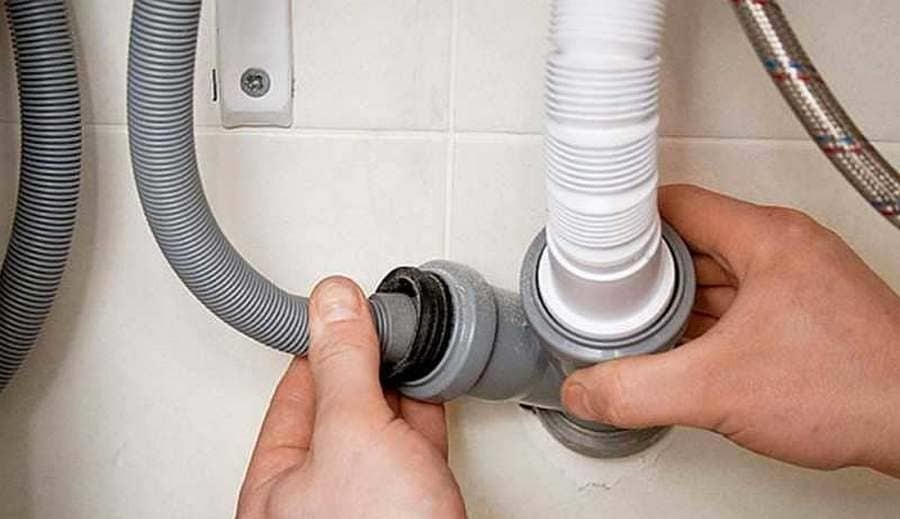
- loosen the clamps on the drain hose;
- disconnect the hose from the sewer riser;
- clean the sleeve.
To clean the corrugation, you need to use a standard brush. It is better to tie a fishing line to it and insert it into the hose at both ends. Afterwards, the sleeve is thoroughly washed under the tap.If the layer of scale and deposits cannot be cleaned off manually, then the hose should be soaked in a warm lemon solution. The corrugation is lowered into the cleaner for at least 1-3 hours, after which it is washed and returned to its place. At the “finish”, a test wash with an idle drum is started.
You just need to clean the filter
In the drainage system, not only the hose can become clogged, but also the garbage filter. The water also does not leave the tank, and the foam does not have enough space in the drum. To fix the problem, you need to clean the nozzle from accumulated debris. The sequence is:
- pry off the technical hatch door with a flat screwdriver;
- unhook the hatch from the body by releasing the latches;
- place a container under the filter plug to collect water;
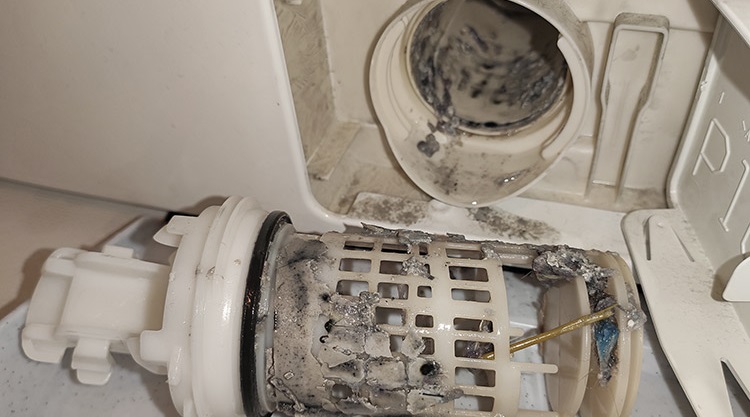
- unscrew the garbage filter;
- wait until all the soapy water flows into the basin;
- Remove the nozzle completely, inspect it and clean it of plaque and debris.
First, the “trash bin” is cleared of hair, threads and adhering dirt. Next you should “work” with soap and a brush. If the plaque does not give in, then we turn to soaking: leave the part in a warm lemon solution for 20-60 minutes. You cannot use boiling water - the plastic is deformed at high temperatures.
The filter seat must also be cleaned. At the same time, the condition of the drain pump, volute and impeller is assessed. If necessary, everything is washed with soap and a sponge. The clean filter is returned to its place and screwed tightly into the “socket”. Then the test wash starts. If the foam does not come out, then the problem has been resolved.
Interesting:
Reader comments
- Share your opinion - leave a comment



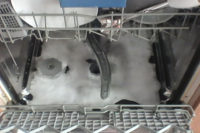
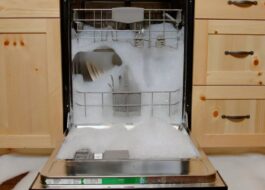
















Add a comment